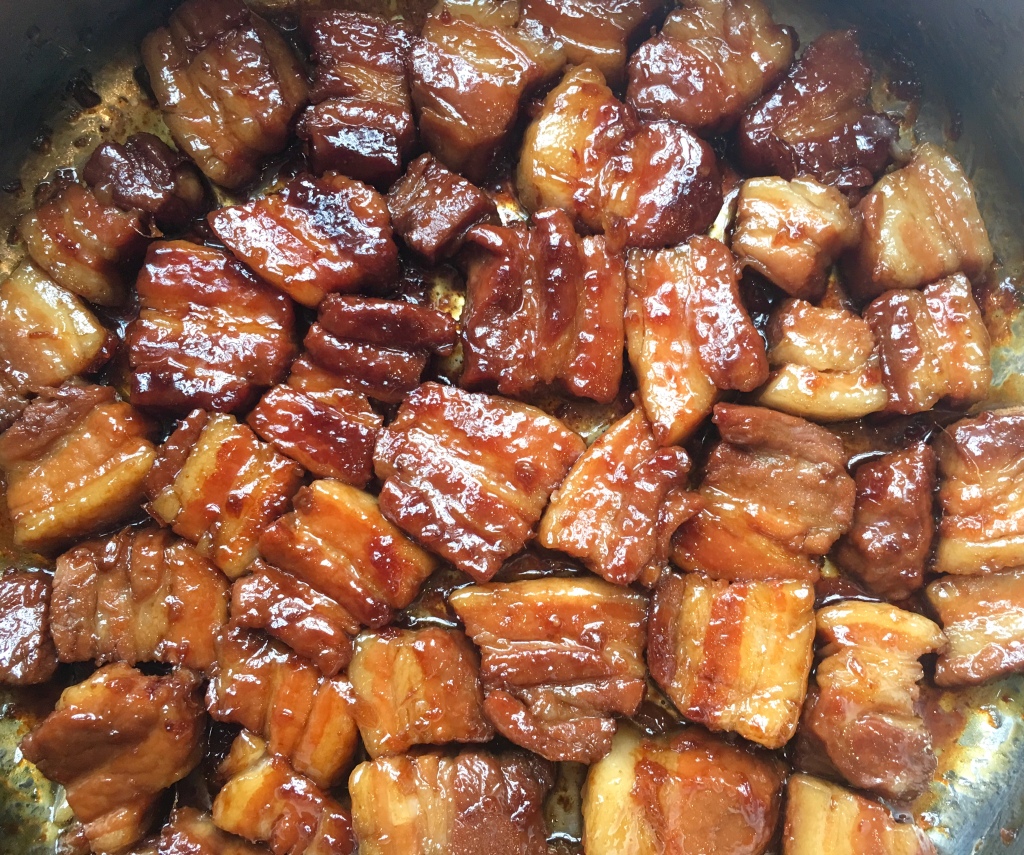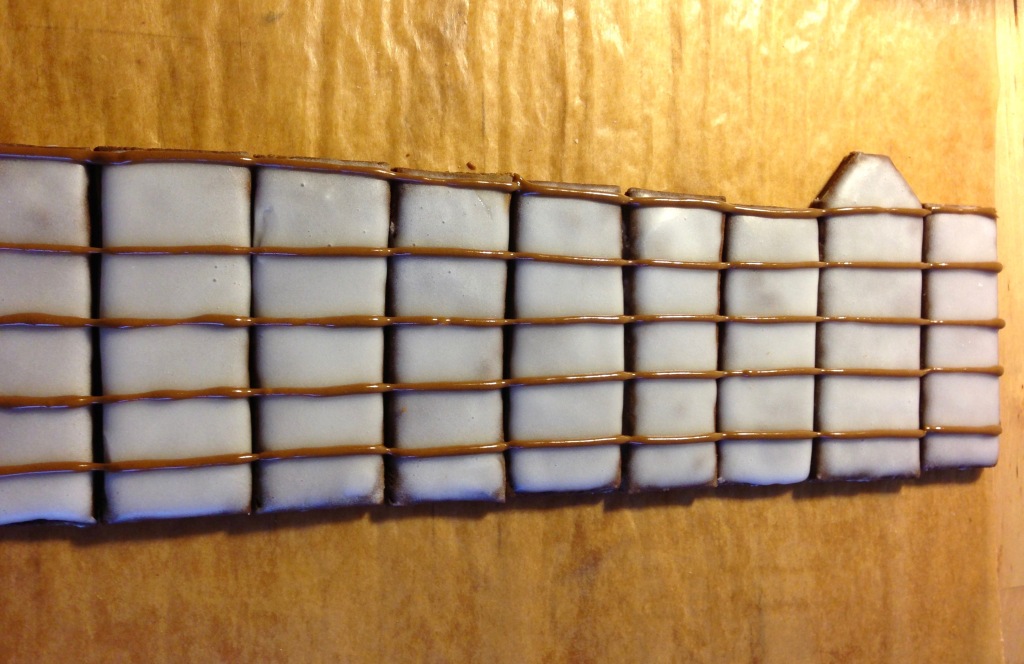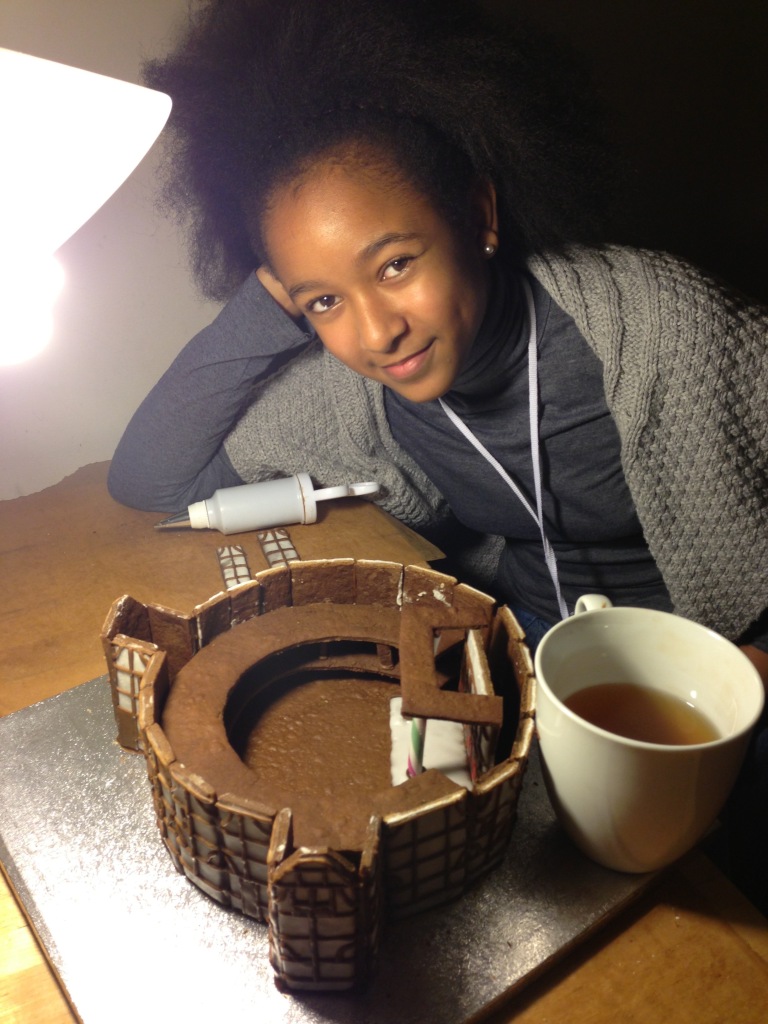ONE OF MY FAVOURITE JAPANESE FOODS
Despite my love for Japanese food, and I am particularly fond of Okinawan food, I have not dabbled much in cooking Ryukyu dishes. I have some recipe books and guidebooks about the unparalleled longevity of native Okinawans and I recently unearthed them from a huge pile of books needing to be sorted out in our library, and started reading them again.
The Japanese people are renowned for their food, eating habits, and relatively healthy lifestyle. Evidently, results of numerous health studies show that the Japanese are more likely to reach 100 years old than anyone else. In the Ryukyus, the southernmost islands of Japan, there are more centenarians than anywhere else in the country, or the world for that matter. There were so many doctors, nutritionists, and other health professionals who did extensive research on life expectancy of the Okinawans. I have a copy of The Okinawa Diet Plan and the author highlights that the regular inclusion of animal protein can be an advantage over vegetarian diets when it comes to longevity. However the authors also note that in the Ryukyu Islands meat was traditionally a small part of a diet rich in whole foods. The importance of pork — both a delicacy and everyday food with the entire pig eaten, from ears to feet — in the Ryukyu diet is also mentioned as very traditional.
Then last week Jared and I were talking about the work out that we’ve been doing recently, our diet, lifestyle, etc., and our conversation drifted into shallow waters — food and being indulgent with all things edible. I ended up rather waxing nostalgic about a pork dish I love and haven’t cooked in over six months. It’s called Rafute, a traditional pork dish slowly simmered in soy sauce and a generous amount of awamori, or Okinawan rice wine. I had visions of biting into the fatty pork slices melting in my mouth and being transported back to the Ryukyu Islands. So the next day I went to our local butcher and purchased a kilo of pork belly.


Always made with belly pork sliced in a two-inch piece to show its even layers of skin and fat is a simple dish, Rafute is similar to a Filipino dish called ‘Adobo’. But I guess it’s the copious amount of awamori, or Japanese rice wine that makes this more tasty, and truly one of Ryukyu’s traditional food.
I always boil the pork in water for 30 minutes to remove the excess fat and start the tenderising process. Sometimes I remove the skin but leave the thick layer of fat on. Then after cooling, I gently simmer them in a mixture of soy sauce, awamori, brown sugar, cloves of fresh garlic and a piece of fresh ginger, for an hour. I then add the mirin during the last 15 minutes.

RAFUTE
1 kilo belly pork
1/2 cup awamori or sake
1/2 cup soy sauce
1-inch piece ginger and a few cloves of garlic, crushed
1/4 cup sugar
1/2 cup mirin
Cover pork with water in a large pot. Bring to a rolling boil, then simmer for 30 minutes to remove excess fat. Drain and rinse pork, cut into bite-size pieces. Combine rice wine, soy sauce and ginger in a pot and bring to boil. Add pork slices in a single layer. Cover and simmer for at least an 1 hour, turning occasionally so both sides are evenly glazed with sauce. Combine sugar and mirin; stir into pot. Cook, uncovered, 45 minutes or more, until pork is glazed and soft.
Best served with steamed rice, steamed vegetables and a Japanese salad on the side — shredded daikon, carrots, lettuce and other greens. Also great served with noodles and green vegetables.
Note:
I learned to cook this from a very special Okinawan lady, Mrs Yafuso, back in the summer of 1992. She told me that Rafute is best enjoyed in small amounts. And indeed, any variation of pork belly is not a dish I want to consume in large quantities or regularity — it’s too fattening — but once in a blue moon I’d indulge myself to whet the appetite and satisfy the craving.







